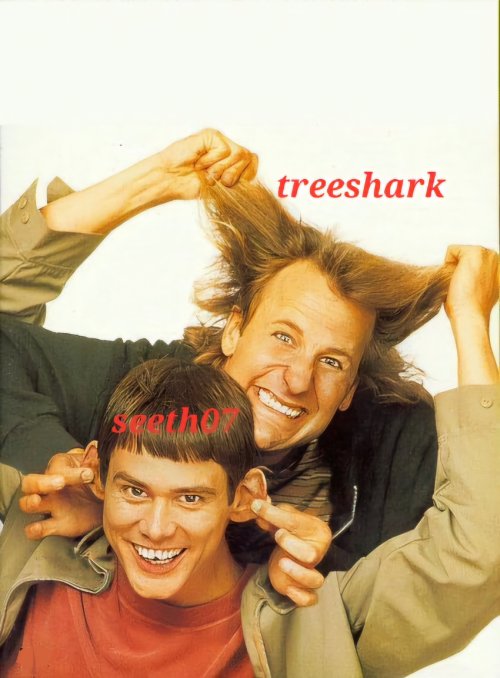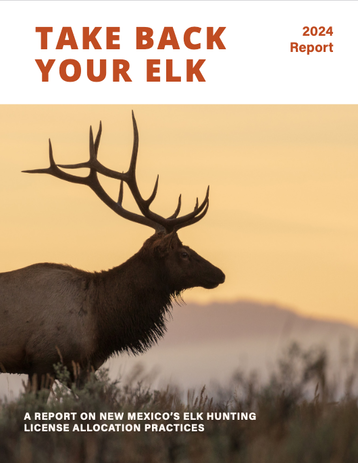seeth07
Well-known member
Wait, this means they need to pay the NR or R fee on top of the voucher cost as well so NMF&G is still getting their money for the license right? Someone said it is taking money away from them and putting it into the ranch owners pocket when reality is that it is a double dip where both get paid...What number are turned into a license? From the way I understand the process, you buy the voucher and then turn it into NMF&G and receive a tag. This number I'm sure will explain the huge increase in elk licenses issued overall from 2018 to 2019. There was an increase of almost 5,000 EPLUS vouchers. Was it because they knew 5,000 weren't going to get turned in and used under the new process?












